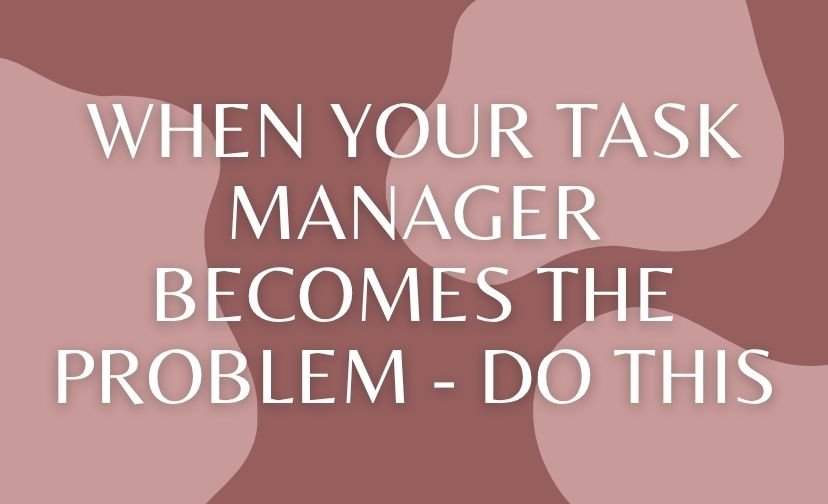Have you ever felt like your task manager, the very tool meant to streamline your work, is instead complicating things? You’re not alone. Task manager issues can turn a well-oiled machine into a chaotic mess, leaving you overwhelmed and frustrated.
But fear not, this guide is here to help you navigate these challenges and transform your task management woes into productivity triumphs. With a step-by-step approach, you’ll learn to identify common pitfalls, streamline processes, and enhance collaboration.
By the end of this journey, you’ll be equipped with practical solutions to tackle any task manager issues and boost your productivity.
Understanding Task Manager Issues
In today’s fast-paced world, task managers are essential tools for organizing and prioritizing work. However, even the best systems can encounter problems.
From overwhelming notifications to cumbersome interfaces, these issues can disrupt workflow and hinder productivity. Recognizing these problems is the first step in overcoming them.
Common Problems with Task Managers
Task managers are supposed to simplify our lives, but they can sometimes become the source of confusion and inefficiency. Common issues include an overload of features that complicate rather than simplify tasks, leading to a steep learning curve for new users.
Moreover, having too many tools can cause fragmentation, making it difficult to maintain a cohesive workflow. This can result in duplicated efforts and a lack of clarity on task priorities.
To avoid being overwhelmed by features, start by identifying the core functionalities you need and disable or ignore the rest. This will help you focus on what truly matters without getting bogged down by unnecessary options.

Identifying Task Manager Issues
Identifying task manager issues requires a keen eye for detail. Start by evaluating whether the tool aligns with your workflow needs. Are tasks easily accessible? Is the interface intuitive? Additionally, pay attention to feedback from your team.
Often, the users themselves can provide insights into the tool’s effectiveness and highlight areas for improvement. It’s also crucial to assess whether the tool integrates well with other software used in your workflow.
Conduct regular team meetings to discuss the task manager’s performance. Encourage open feedback and make adjustments based on collective input. This collaborative approach ensures that the tool evolves with your team’s needs.
Practical Solutions for Task Manager Issues
Once you’ve identified the issues plaguing your task manager, it’s time to implement practical solutions. These solutions aim to streamline your task management tools and processes, ensuring that they enhance rather than hinder productivity.

Streamlining Your Task Management Tools
Consolidation is key when it comes to task management tools. Instead of juggling multiple platforms, aim to use one comprehensive tool that integrates various functionalities.
This reduces the complexity and ensures that all team members are on the same page. Look for tools that offer integrations with other essential applications like email, calendars, and communication platforms to create a seamless workflow.
| Tool | Features | Integration |
|---|---|---|
| Asana | Task assignments, timelines | Slack, Google Drive |
| Trello | Kanban boards, automation | Dropbox, Evernote |
| Monday.com | Custom workflows, dashboards | Zoom, Microsoft Teams |
Simplifying Task Management Processes
To simplify task management processes, break down projects into smaller, manageable tasks. Use visual aids like Kanban boards to provide a clear overview of the workflow.
Assign priority levels to tasks to ensure that critical activities receive the attention they deserve. Regularly review and adjust processes to eliminate redundancies and improve efficiency.
Implement weekly check-ins to assess the progress of tasks and make necessary adjustments. This keeps the team aligned and ensures that tasks are completed on time.

Enhancing Team Collaboration and Communication
Effective task management hinges on strong team collaboration and communication. Use task-specific comments and notes to keep conversations organized and contextually relevant.
Integrate messaging tools like Slack to facilitate real-time communication and updates. Encourage a culture of transparency where team members feel comfortable sharing ideas and concerns.
Utilize project management software that allows for real-time updates and status tracking. This visibility helps teams stay informed and collaborate effectively, reducing the likelihood of miscommunication.
Effective Strategies to Boost Productivity
Boosting productivity goes beyond resolving task manager issues. It involves adopting strategies that prioritize tasks, manage time effectively, and delegate responsibilities appropriately.

Prioritizing Tasks for Maximum Impact
Prioritization is the cornerstone of effective task management. Use frameworks like the Eisenhower Box to categorize tasks based on urgency and importance. Focus on high-impact tasks that align with your goals and delegate or defer less critical ones. This approach ensures that your efforts yield the most significant results.
Utilizing Time Management Techniques
Time management techniques such as the Pomodoro Technique and time blocking can significantly enhance productivity.
The Pomodoro Technique involves working in focused bursts with short breaks in between, while time blocking allocates specific time slots for different tasks. These methods help maintain focus and prevent burnout by providing structured work intervals.
Delegating Tasks Effectively
Delegation is a powerful tool for maximizing productivity. Assess your team members’ strengths and assign tasks accordingly. Clearly communicate expectations and provide the necessary resources for task completion.
Regularly check in on progress and offer support when needed. Effective delegation empowers team members and frees up your time for strategic initiatives.

Navigating Common Task Management Challenges
Task management challenges like procrastination, distractions, and accountability issues can derail productivity. Addressing these challenges head-on is crucial for maintaining a smooth workflow.
Dealing with Procrastination and Burnout
Procrastination often stems from tasks feeling overwhelming. Break tasks into smaller, manageable steps to make them more approachable. Set realistic deadlines and celebrate small wins to maintain motivation. To combat burnout, prioritize self-care and encourage regular breaks to recharge.

Managing Distractions and Interruptions
Distractions and interruptions are productivity killers. Create a dedicated workspace free from unnecessary distractions. Use techniques like time blocking to allocate focused work periods. Communicate your availability to minimize interruptions and use tools like noise-canceling headphones to maintain concentration.
Overcoming Accountability Issues
Accountability is vital for task management success. Clearly define roles and responsibilities to avoid confusion. Use task management software to track progress and hold team members accountable for their tasks. Conduct regular reviews to address roadblocks and reinforce accountability.
Empowering Your Task Management Journey
Empowering your task management journey involves equipping yourself with the right tools and committing to continuous improvement and learning.

Tools and Resources for Effective Task Management
Invest in task management tools that align with your needs and workflow. Look for features like task prioritization, collaboration capabilities, and integration with other software. Utilize resources like online courses and webinars to stay updated on the latest task management trends and best practices.
Continuous Improvement and Learning
Continuous improvement is the key to long-term success. Regularly assess your task management processes and seek feedback from your team. Stay open to new ideas and approaches that can enhance productivity.
Embrace a growth mindset and commit to lifelong learning to stay ahead in the ever-evolving world of task management.





